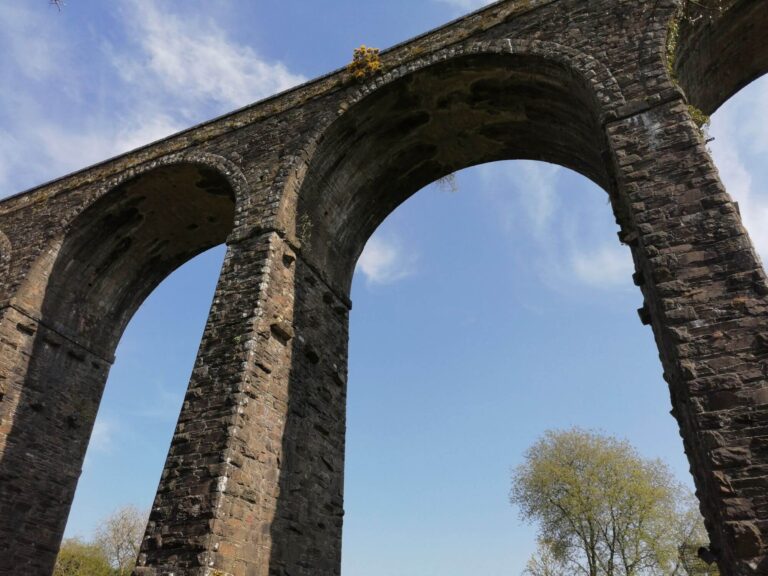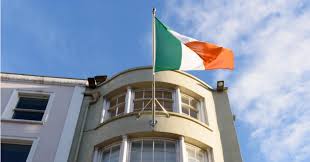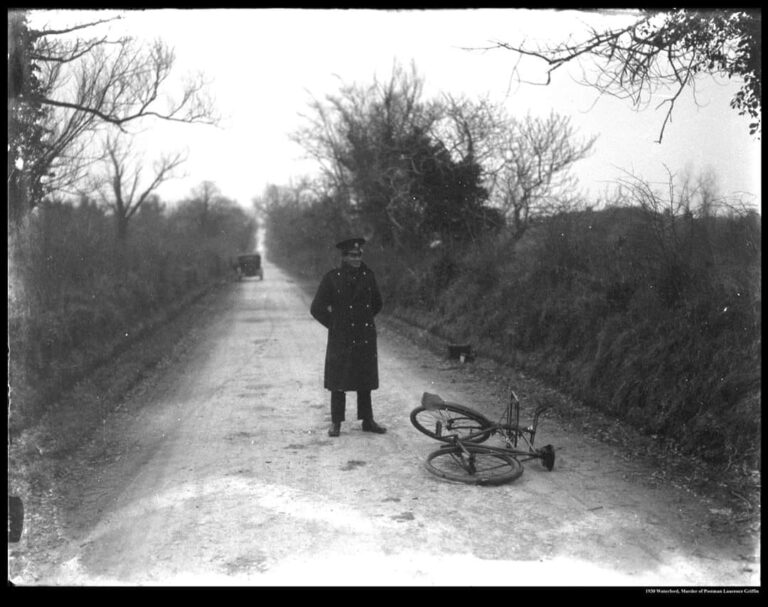Gaeilge – a forbidden language
In the annals of linguistic history, the tale of Gaeilge, or the Irish language, is a poignant reminder of the complex relationship between language and power. For centuries, Gaeilge was not merely a mode of communication; it was a symbol of identity, culture, and resistance. Yet, it was a forbidden language, suppressed by conquerors and colonial powers. This dark chapter in Gaeilge’s history is a testament to the resilience of a language that refused to be silenced.
During the centuries of British rule in Ireland, Gaeilge was systematically marginalized and suppressed. English became the language of administration, education, and social prestige, while the Irish language was relegated to the fringes of society. Laws were enacted to further suppress its use, and generations of Irish people were discouraged or even punished for speaking their native tongue. This linguistic oppression aimed to erase Gaeilge from the collective memory of the Irish people.
Despite these challenges, the Irish language endured, thanks to the unwavering dedication of Gaelic scholars, poets, and activists. They preserved Gaeilge through oral traditions, hidden manuscripts, and clandestine language schools known as “hedge schools.” The forbidden language lived on in the hearts of those who cherished their cultural heritage, refusing to let it disappear.
Today, Gaeilge has experienced a renaissance. It is once again recognized as an official language of Ireland, taught in schools, and spoken by a growing number of enthusiasts. The story of Gaeilge’s forbidden past serves as a poignant reminder of the power of language in shaping identity and culture, even in the face of adversity. It is a testament to the enduring spirit of a people who refused to let their language be silenced, ultimately reclaiming their linguistic heritage.









